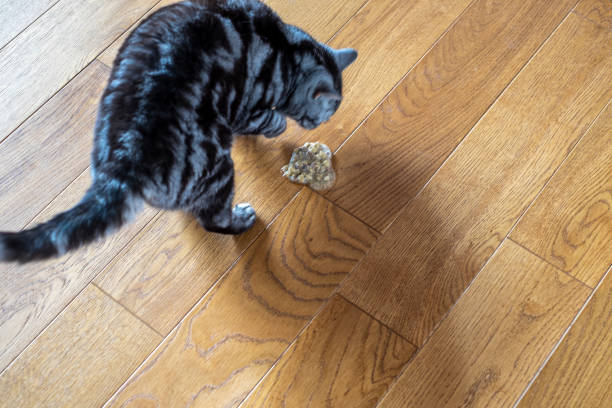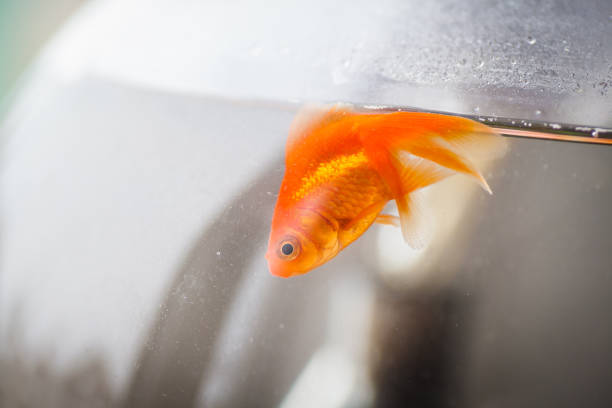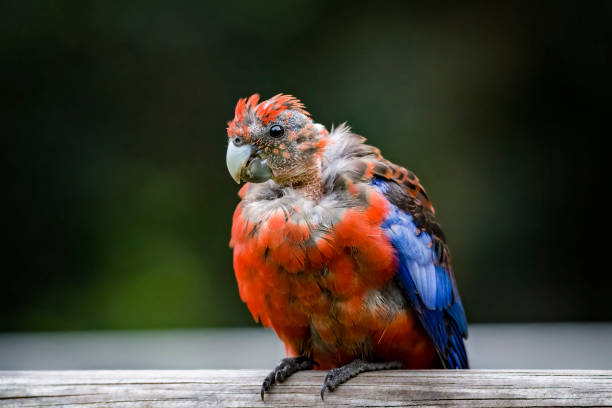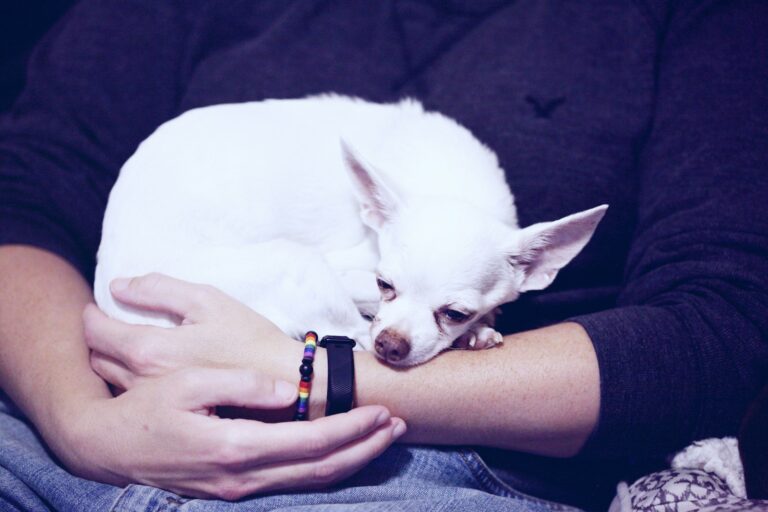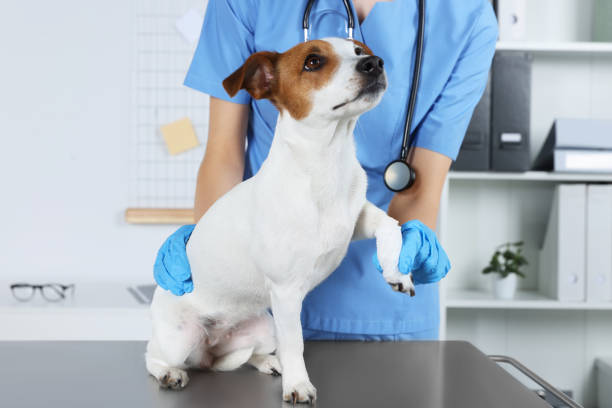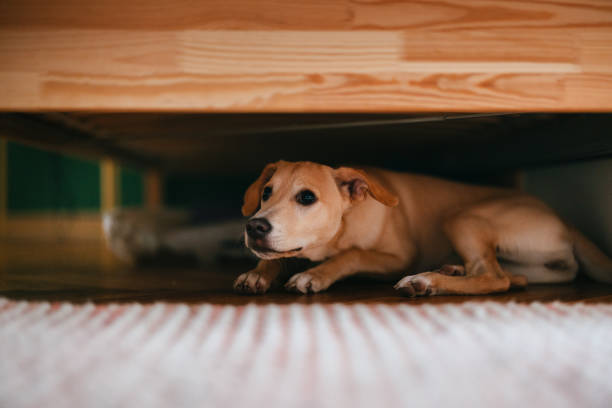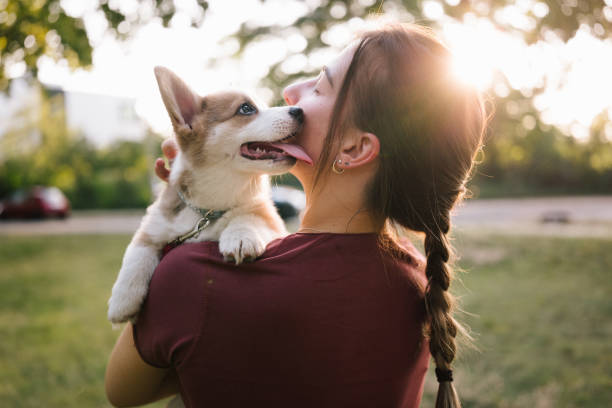Cat Throwing Up: When to Worry vs Normal Hairballs
It’s always a bit alarming to see your cat throwing up frequently, especially if it happens on the bed or in that one spot they know you’ll notice. What starts as mild concern can quickly turn into a guessing game of whether it’s just a hairball or something more troubling like cat vomiting undigested food or even yellow bile. It’s hard not to worry, especially when your cat isn’t one to show discomfort easily. Some moments, it looks like a typical hairball episode, other times it feels way off, and your mind naturally jumps to scary thoughts like cat vomiting blood emergency or worse.
Truth is, vomiting in cats isn’t always a crisis, but it shouldn’t be brushed aside either, especially if it’s happening too often or comes with other odd behaviors. A kitten vomiting after eating or a grown cat that seems nauseous and restless may need more attention than just a quick clean-up. This guide walks you through the common reasons your cat might be throwing up, what counts as normal, and what signs should push you to call the vet. We’ll also share some cat vomiting prevention tips and simple things you can do at home to help them feel better, without adding extra stress for you.
Quick Assessment Guide: Is Your Cat’s Vomiting an Emergency or Not?
If your cat throwing up frequently has you worried, this quick checklist can help you figure out if it’s time to call the vet right away or if it’s something you can monitor for now. Take 30 seconds to go through these signs.
Call the Vet Immediately If You Notice:
The American Veterinary Medical Association emphasizes that these symptoms require immediate professional evaluation to prevent life-threatening complications:
- There’s blood in the vomit, even if it’s just a little. This could be a cat vomiting blood emergency and needs urgent attention.
- Your cat vomits multiple times within 12 hours. Especially if they can’t keep water or food down at all.
- They seem to be in pain. Watch for a hunched back, crying, or constant hiding. These are not normal.
- Your cat looks weak or collapses. Any signs of weakness or wobbling are serious.
- They haven’t eaten or drunk anything for over 24 hours. Dehydration can become dangerous quickly.
Call the Vet Within a Few Days If:
- Your cat is vomiting more than once a week. That is not normal and could be a sign of cat vomiting undigested food or another issue.
- They are losing weight steadily. Even small changes matter. Gradual weight loss can be particularly concerning in older cats. Discover why senior cats lose weight even when eating normally and what it might indicate.
- Their eating or drinking habits are different. Eating less or drinking more could mean trouble. Dental pain is often overlooked but can significantly impact eating habits. Check out these senior cat dental problems that might explain sudden eating changes.
- Their behavior feels off for several days. Less energy, hiding more, or acting differently should not be ignored.
You Can Monitor at Home If:
- They cough up a hairball but act fine after. This is typical in the cat hairball vs vomit situation.
- They vomit once but it looks like clear fluid or food. This often happens with kitten vomiting after eating too fast.
- They are eating, drinking, and playing as usual. If everything else is normal, keep observing but no rush to the vet.
If your cat throws up yellow bile once in a while or shows mild signs of discomfort, some gentle cat nausea home remedies might help. You can also explore cat vomiting prevention tips like adjusting their diet or slowing down their eating.
Still wondering when cat vomiting serious enough for a vet? If you are ever unsure, it is always safer to make that call.
Hairball or Health Problem? How to Tell the Difference
It’s easy to assume any cat throwing up frequently is just dealing with hairballs, but not every vomit is harmless. Here’s a simple comparison to help figure out if what you’re seeing is normal or something that needs a vet’s attention.
| Normal Hairballs | Worrisome Vomiting |
|---|---|
| Happens once a month or even less | Happens multiple times a week |
| Tubular shape, mostly made of hair with a little liquid | Food pieces, clear liquid, or even foam, especially if it looks like cat vomiting undigested food |
| Cat feels fine and continues playing or eating after | Cat may act tired, hide, or stop eating |
| Often happens after grooming sessions | Can occur anytime, not linked to grooming |
| No other symptoms like diarrhea or weight loss | Weight loss, drooling, or signs of cat throwing up yellow bile can follow |
| No blood present | Blood means cat vomiting blood emergency and needs urgent care |
If you notice kitten vomiting after eating too fast, that can still be normal but watch that it doesn’t keep happening. Repeated vomiting might need cat nausea home remedies or a vet check to be safe.
If your cat is throwing up but stays energetic and eats well, it may not be serious. But if you’re wondering when cat vomiting serious signs start to show, the moment they look weak or refuse food is the time to get help. For long-term help, simple cat vomiting prevention tips like better grooming tools or adjusting feeding times can make a difference.
Is It Just a Hairball or Something More Serious?
Not every pile you clean up is a hairball, even if it looks similar. A real hairball is usually shaped like a short, wet tube. It is mostly made up of tightly packed hair with a bit of mucus or stomach fluid around it. You might also spot small bits of food mixed in, but the bulk of it will still be hair. Hairballs are common during seasons when cats shed more, like spring and fall, especially in long-haired cats who spend more time grooming. Professional groomers and the National Board of Certification for Professional Pet Groomers recommend specific brushing techniques to minimize hairball formation in long-haired breeds.
Before a hairball comes up, cats often make distinct sounds. They may start with deep, dry hacking, stretching their neck forward, and you might see their body heaving slightly. This build-up is part of the hairball process. In the cat hairball vs vomit difference, that slow buildup is a clear clue.
On the other hand, sudden vomiting without warning can be more concerning. If the vomit looks mostly like food, especially cat vomiting undigested food right after meals, that is not a hairball. If it is clear or yellow, like cat throwing up yellow bile, or worse, streaked with blood, you might be dealing with a cat vomiting blood emergency.
When cat vomiting serious signs show up often, including kitten vomiting after eating, it is best to seek help. Gentle cat nausea home remedies can help in mild cases, and regular grooming plus better diet options serve as effective cat vomiting prevention tips for the long term.
What Vomit Colors Mean for Your Cat’s Health
If your cat throwing up frequently leaves you wondering what the colors mean, this guide helps you make sense of it. The color of vomit can give useful hints about what might be wrong, and when it’s time to call the vet. According to Cornell University’s Feline Health Center, analyzing vomit characteristics is a crucial diagnostic tool for identifying underlying health issues.
Yellow or Green Vomit
This color often means your cat is throwing up bile. It usually happens when their stomach is empty for too long. A single episode might not be a big deal, but if you notice cat throwing up yellow bile repeatedly, it could point to stomach irritation or even liver trouble. Regular meals and smaller portions may help, but if it continues, a vet visit is needed.
Red or Dark Brown Vomit
Any trace of red or dark brown is a warning sign. Red streaks may come from a mouth injury or damage along the esophagus. Dark brown vomit that looks like coffee grounds can signal internal bleeding, especially in the stomach. This is a cat vomiting blood emergency and shouldn’t be delayed.
Clear or White Foamy Vomit
This is usually just fluid or foam from the stomach or throat. It often happens when a cat vomits on an empty stomach. If it only happens once, it may not be serious, but frequent episodes can suggest deeper issues needing medical advice.
Food-Colored Vomit
If it looks like cat vomiting undigested food, they may be eating too fast or struggling with regurgitation. This is different from partially digested food, which is more liquid. It can happen in kitten vomiting after eating quickly.
If any color or frequency changes show up, cat nausea home remedies might help for mild cases, but when cat vomiting serious signs appear, don’t wait. Regular check-ups and simple cat vomiting prevention tips can reduce these scary episodes.
Signs Your Cat Needs Urgent Vet Care Right Now
If your cat throwing up frequently comes with any of these signs, it’s time to get emergency help. These symptoms can point to life-threatening conditions, and waiting it out is risky. Here’s what to look for.
- Blood in the vomit, even small streaks or dark brown spots. This could mean internal bleeding or serious irritation and qualifies as a cat vomiting blood emergency.
- Projectile vomiting that shoots out forcefully. This isn’t normal and can suggest a blockage or severe illness.
- Vomiting mixed with diarrhea. Losing fluids from both ends quickly leads to dehydration, which can turn critical fast.
- Dry, sticky gums or skin that doesn’t bounce back when gently pinched. These are signs of dehydration and shouldn’t be ignored.
- Sudden tiredness, extreme weakness, or hiding more than usual. When a cat stops interacting or moving much, it can mean things are getting worse.
- Tense belly or reluctance to move. A hunched back, whimpering, or flinching when touched might mean abdominal pain.
- Breathing troubles during or after vomiting. Labored breathing or panting is a serious sign, especially after an episode of vomiting.
When cat vomiting serious signs appear alongside any of these, don’t wait to seek care. This applies whether it’s a kitten vomiting after eating, a cat throwing up yellow bile, or an adult cat vomiting undigested food. Prevention is important, and cat vomiting prevention tips can help long-term, but emergencies need a vet now.
Special Kitten Vomiting Risks Every Owner Should Know
When a kitten starts vomiting, it’s not something to brush off or wait out. Their tiny bodies can’t handle fluid loss the same way adult cats can. The American Association of Feline Practitioners notes that kittens can become critically dehydrated within hours, making prompt veterinary care essential. If you notice a kitten vomiting after eating or even randomly, it’s best to call the vet right away. A single hairball might not be a big deal, but anything more than that can quickly lead to dehydration or serious health problems. Their immune systems are still developing, which makes them more vulnerable to infections or digestive troubles that an adult cat might recover from on their own.
Kittens under six months especially need close attention. If they vomit more than once or show signs like weakness, refusing to eat, or acting unusually quiet, there’s no safe window to just watch and wait. Even occasional cat throwing up yellow bile or cat vomiting undigested food in a young kitten could point to bigger issues like infections, parasites, or blockages. Without quick help, things can go downhill faster than you’d expect.
For kittens, vomiting paired with diarrhea or any signs of pain should be treated as urgent. This isn’t the time for cat nausea home remedies. Instead, prompt vet care can prevent complications. For peace of mind in the future, follow proper cat vomiting prevention tips, including feeding the right diet and spacing meals to avoid tummy upsets. When cat vomiting serious signs show up in kittens, fast help is the safest choice.
Most Common Reasons Cats Vomit Frequently
If you’ve noticed your cat throwing up frequently, it’s not always easy to tell what’s behind it. Vomiting can happen for different reasons, and understanding them can help you figure out when it’s something mild or when cat vomiting serious signs are showing up.
Dietary Causes
Cats that eat too fast or have sudden changes in diet often end up vomiting. Some may have food allergies or sensitive stomachs that react badly to new treats or proteins. A cat vomiting undigested food shortly after eating might just be eating too quickly, which can easily upset their stomach.However, if this becomes frequent, dental issues might be the culprit. Explore common senior cat dental problems that can affect eating patterns and cause vomiting. Changing their food too suddenly can also trigger vomiting, so gradual switches are better.
Medical Conditions
Chronic illnesses like kidney disease, hyperthyroidism, diabetes, and inflammatory bowel disease can cause regular vomiting. These conditions usually come with other signs like weight loss, drinking more water, or acting differently. Learn more about senior cats losing weight but still eating to recognize early warning signs. If you notice these along with vomiting, it’s time to call the vet.
Hairball Complications
Hairballs are normal, but too many can cause trouble. Cats that overgroom, especially long-haired breeds, might develop blockages. The cat hairball vs vomit difference can get blurry when blockages occur, and you may see cat throwing up yellow bile or even refusing food.
Toxic Ingestion
Cats are sensitive to toxins like lilies, chocolate, medications, and certain household products. The ASPCA Animal Poison Control Center maintains a comprehensive database of toxic substances and provides 24/7 emergency consultation for pet poisoning cases. Ingesting these can lead to vomiting, weakness, or worse. A cat vomiting blood emergency can sometimes happen if poisoning is involved.
Prevention helps and regular grooming, safe feeding, and watching for kitten vomiting after eating can go a long way. Some cat nausea home remedies may help mild issues, and consistent cat vomiting prevention tips can reduce risks over time.
How to Monitor Your Cat Safely at Home
If your cat throwing up frequently is new but they still seem playful and alert, watching them closely at home for the next day or two can help you catch warning signs early. This way, you’ll have helpful information ready if a vet visit becomes necessary.
Start by watching how much they eat and drink. Refusing meals or drinking much more or less than usual could point to something serious. If you see cat vomiting undigested food right after eating or kitten vomiting after eating often, that’s worth noting.
Keep an eye on litter box habits. Regular peeing and pooping are good signs. But if your cat is throwing up yellow bile and avoiding the box, or if their stool changes, things might be heading in the wrong direction.
Write down details of each vomit episode. What did it look like? Was it food, clear liquid, or a hairball? The cat hairball vs vomit difference is easier to spot when you’re tracking these signs.
Simple Checklist to Monitor at Home
- Eating all or part of meals
- Drinking normal amounts of water
- Using the litter box regularly
- Vomiting frequency and color
- Any blood seen (urgent if yes)
- Changes in energy or mood
- New food or treats introduced
- Stressful events or environmental changes
If vomiting continues, try simple cat vomiting prevention tips like smaller portions or grooming more often. But if you notice worsening symptoms, weakness, or a cat vomiting blood emergency, don’t wait.
Proven Ways to Prevent Cat Vomiting Episodes
If your cat throwing up frequently has become a concern, the good news is that there are practical steps you can try at home to help reduce how often it happens. Making a few simple changes to their care routine can make a big difference.
Hairball Management
Brushing your cat regularly is an easy way to keep hairballs under control. Long-haired cats especially benefit from daily brushing during heavy shedding seasons. This reduces the amount of loose hair swallowed during grooming and can lower the chances of hairball-related vomiting. The cat hairball vs vomit problem is less likely when you help them shed hair safely.
Feeding Modifications
Breaking meals into smaller portions throughout the day helps prevent vomiting from overeating or eating too fast. The Association for Pet Obesity Prevention provides evidence-based feeding guidelines that support digestive health and prevent overeating-related issues. If your cat is vomiting undigested food shortly after meals, try using puzzle feeders or spreading food on a flat surface to slow them down. Elevated bowls can also make eating more comfortable and reduce gulping. This is especially helpful if you notice kitten vomiting after eating.
Environmental Enrichment
Cats need mental and physical activities to stay calm. Boredom or stress can lead to over-grooming and digestive issues. Toys, scratching posts, and climbing spaces can keep them engaged. A steady routine and a calm space can help prevent anxiety that may contribute to vomiting.
These easy cat vomiting prevention tips can keep things under control, but if you see cat throwing up yellow bile or suspect a cat vomiting blood emergency, don’t wait to call the vet. When cat vomiting serious symptoms appear, professional help is always the safest step.
What to Expect When You Take Your Cat to the Vet for Vomiting
When you take your cat to the vet because they’re throwing up frequently, the first thing the vet will do is give them a full physical check. This helps spot any obvious signs of discomfort or pain. To dig deeper, your vet might recommend:
- Blood tests to check for infections, kidney disease, or thyroid problems
- Stool analysis to look for parasites or bacteria
- Ultrasound or X-rays if a blockage or internal issue is suspected
- Endoscopy in tricky cases where the cause is still unclear
If the problem is caught early, treatment might be simple. This can include:
- Anti-nausea medications to help settle the stomach
- Special diets for sensitive stomachs or food allergies
- Fluid therapy if dehydration is a concern
- Targeted treatments for conditions like diabetes or cancer
For hairball troubles, your vet may recommend:
- High-fiber prescription diets to help pass hair naturally
- Safe hairball remedies like gels or lubricants
- Regular grooming to prevent excessive hair ingestion
Your vet may also share cat vomiting prevention tips to keep episodes under control. But if you see cat vomiting undigested food often, or notice a cat vomiting blood emergency, prompt care is always best. When cat vomiting serious signs appear, quick intervention can prevent bigger problems.
Final Thoughts
Most cat vomiting episodes resolve without intervention, particularly when related to normal hairball expulsion or minor dietary indiscretion. Recognizing the difference between normal occasional vomiting and concerning patterns empowers you to provide appropriate care for your feline companion.
Trust your observations and instincts about your cat’s normal behavior patterns. When in doubt about vomiting frequency or severity, veterinary consultation provides peace of mind and ensures your cat receives appropriate care when needed.
